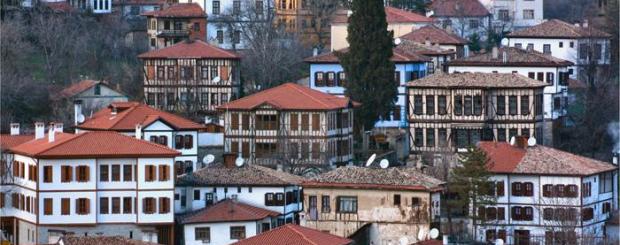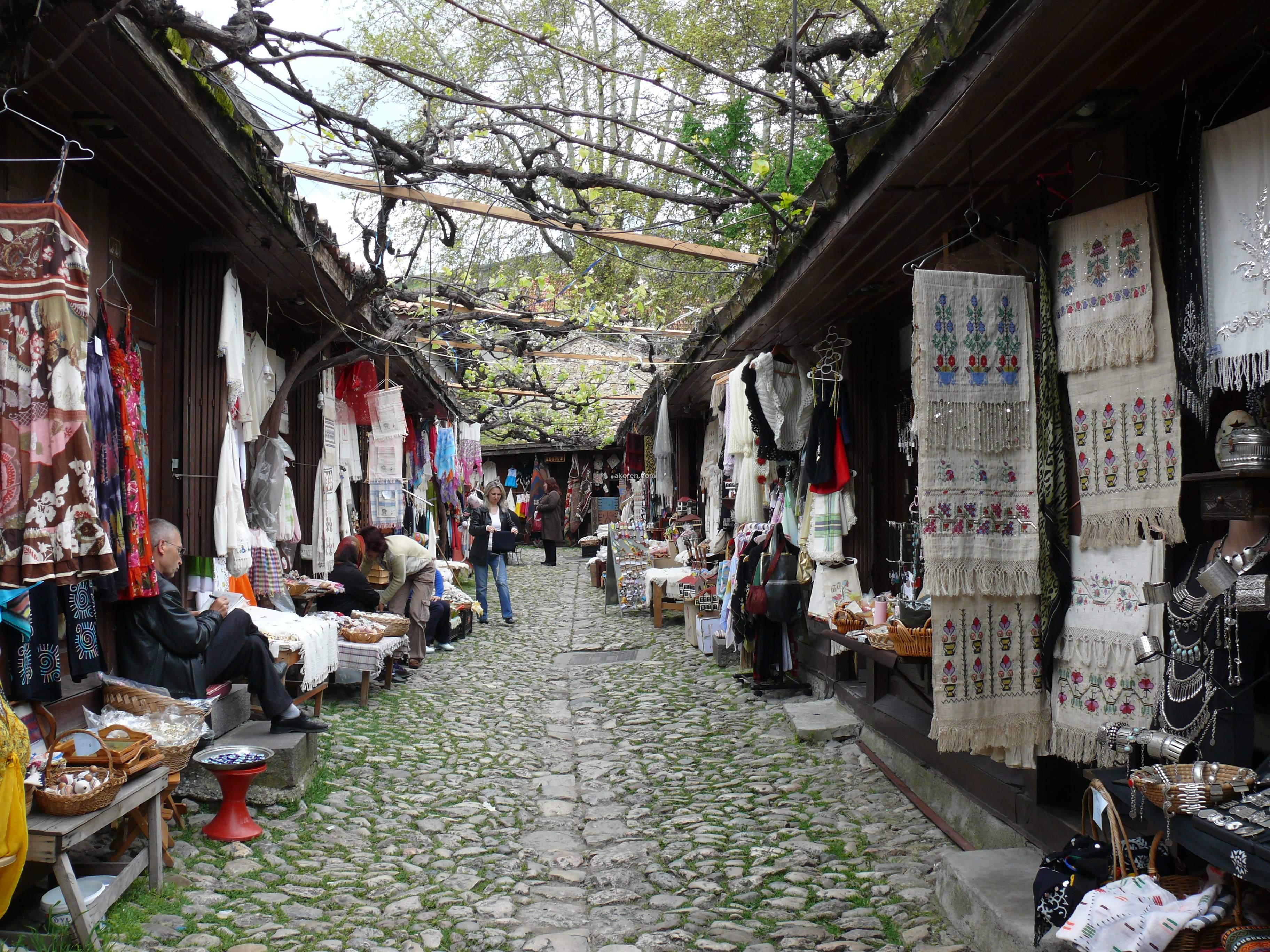Full-day Safranbolu
You are booking for : Full-day Safranbolu
From the 13th century to the advent of the railway in the early 20th century, Safranbolu was an important caravan station on the main East–West trade route. The Old Mosque, Old Bath and Süleyman Pasha Medrese were built in 1322. During its apogee in the 17th century, Safranbolu’s architecture influenced urban development throughout much of the Ottoman Empire. The name of the town derives from ‘saffron’ and the Greek word ‘polis’ (city), since Safranbolu was a trading place and a center for growing saffron. Today saffron is still grown at the village of Davutobası which is 22 km east of Safranbolu and probably one of the best quality saffrons in the world.
The Old Town preserves many old buildings, with 1008 registered historical artifacts. These are: 1 private museum, 25 mosques, 5 tombs, 8 historical fountains, 5 Turkish baths, 3 caravanserais, 1 historical clock tower, 1 sundial and hundreds of houses and mansions. Also there are mounds of ancient settlements, rock tombs and historical bridges. The Old Town is situated in a deep ravine in a fairly dry area in the rain shadow of the mountains. The New Town can be found on the plateau about two kilometers west of the Old Town.
-
- Professional Cultural English speaking guide.
- All entrance fees to Museums and sights.
- Comprehensive sightseeing.
- Deluxe A/C Transport.
- Traditional Turkish meal in Restaurant.
- Soft drinks and water during Coach touring.
-
- All tips to guides, escorts, drivers and hotel and restaurant staff
- All items of a personal nature, including beverages, wines, liqueurs, tea, coffee, mineral water, phone calls, laundry/valet service and food other than stated in the itinerary.
- Any other item not specifically mentioned as being included.
- Baggage, Travel insurance
- Porterage
- Accommodation
- International & Domestic flights
Itinerary
A full day touring between the charming “old wooden Houses” of Safranbolu will give us the sensation of a Step back in time. Unique in Turkey for their outstanding design and construction some offers to visitors the possibility of accommodation. We visit the castle on the hill for a panoramic view Followed by a visit to the “Hamam” (17th-century Turkish bath), the Izzet Mehmet Pasha Mosque and many other all dates from the 17th and 18th centuries. Safranbolu originally takes its name from the Saffron fields that dotted the area in the 19th century. We also visit the Old Bazaar and witness Craftsmen at work. A short Visit at the Kizilcahamam known for its healing hot springs and mineral waters. Nearby Soğuksu National park, a geographical boundary between central Anatolia and the Black Sea regions.Continue to Ankara. (L)



Recent Comments